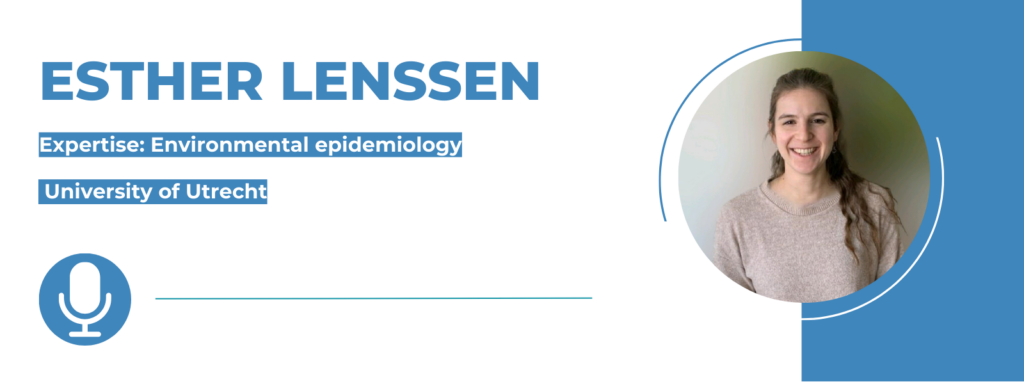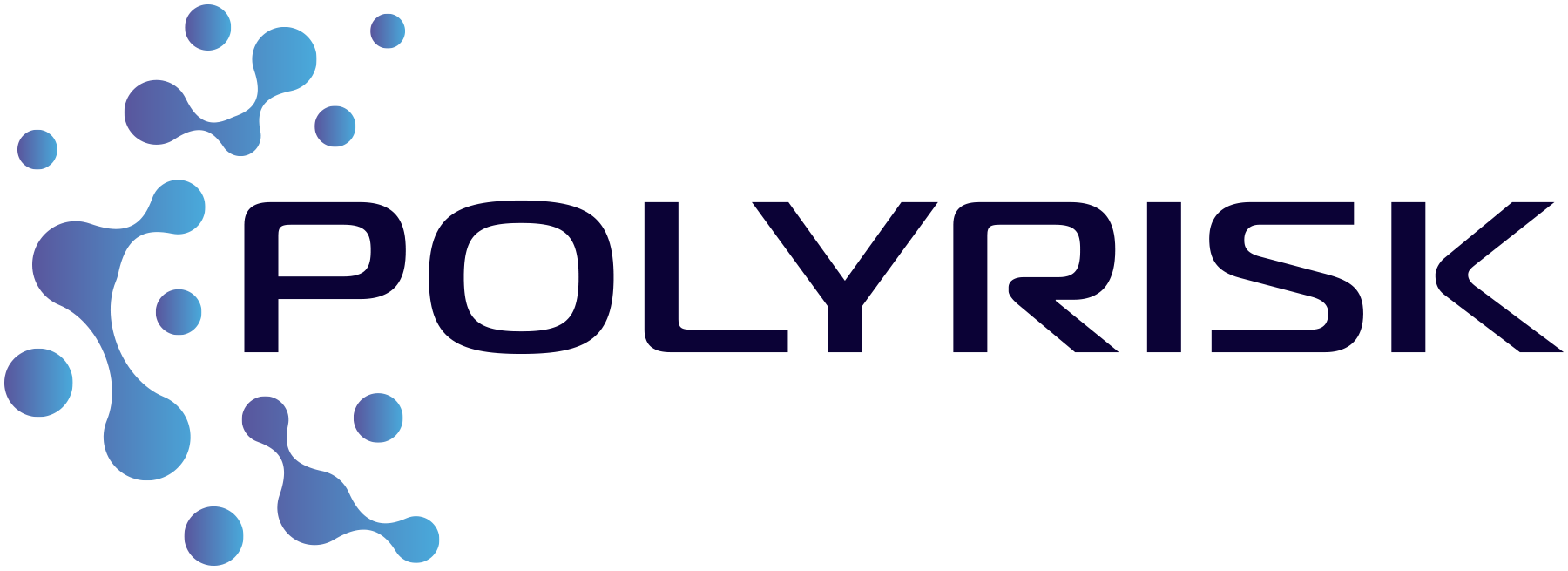
Please tell us a bit more about yourself.
As a PhD candidate in the field of Toxicology and Environmental Health at the Utrecht University, I study the health effects of human exposure to micro- and nanoplastics via inhalation.
When did you first realise you were interested in science? How did you get interested in this specific topic?
My interest in science started with my mother’s background in biology and chemistry. When I was really young, she gifted me a chemistry box. She actually thought the experiments in the box were too boring, so she would mix and try out new experiment with me to pique my interest. Clearly with success!
My interest in environmental epidemiology was further cemented when I started noticing the levels of plastic pollution in our environment. Walking around in my local park, cycling through the woods, and even while climbing mountains abroad, I came across plastic litter. During my Master’s degree, I undertook a literature search about microplastics and I realized that we actually still know very little about exposure levels and the health effects of these small plastic particles. This is especially shocking considering that we are so much in contact with plastic materials, and we ourselves produce a lot of plastic waste on a daily basis.
What have been the biggest challenges in your research so far?
As part of the POLYRISK project, I have been involved in setting up a human volunteer study to look at exposure levels in everyday life situations and potential associated health effects. Interestingly, measuring microplastics in our air samples, has proven to be quite challenging. However, that is also something I find fascinating about my work: pioneering a field where so many questions are still left unanswered.
What are you looking forward to in the POLYRISK research project?
As we enter the next phase of the POLYRISK project, I am now looking forward to analysing the data from our human volunteer study. Analysing data in itself is already a lot of fun, but even more so because we are all curious to see what kind of concentrations and effects we will find, and to explore solutions to reduce plastic waste.
